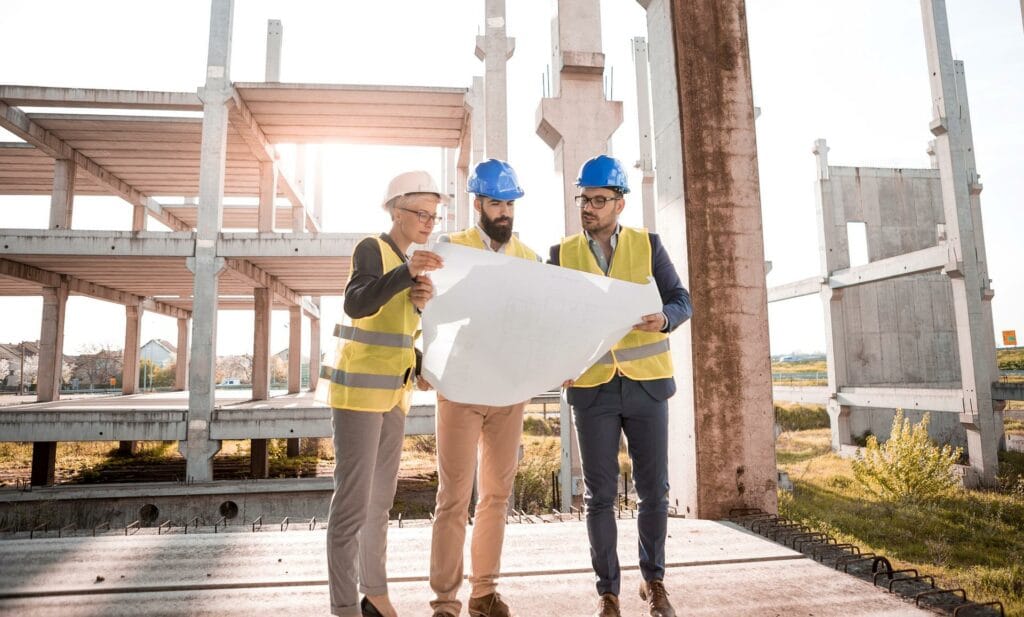New Austin City Council Members Opine on Housing
- At the ULI breakfast last week, three freshman Austin City Councilmembers spoke to the audience in attendance.
- Without focusing on specifics, they all seemed to recognize the need to promote housing – specifically affordable housing.
- It remains to be seen, of course, whether they will follow through on these promises.
Last fall, I spent a lot of time in this blog talking about the upcoming Austin City Council election. I know that national elections get all the publicity. And they are certainly noteworthy and interesting. But local elections have a huge impact on your daily life. So its extremely important that we all pay attention to the results of elections and how our elected officials are doing.
It was with those thoughts in my head that I attended last week’s Urban Land Institute (“ULI”) breakfast where three freshman city council members were the speakers. I was excited to hear what they were going to say and what they see for the future of Austin. So that’s what we are going to talk about this week.
Three Austin City Council Members Spoke at ULI Breakfast
As I am sure many of you know, ULI hosts monthly breakfasts here in Austin* in which they often have interesting speakers. And this week was no different.
I wrote a lot about the Austin elections in the fall. And one of the areas I focused was on the open city council seats. As I wrote then, those seats were won by:
- In District 3, Jose Valasquez won the seat. He is a pro-housing candidate who understands the urgency of the issue. According to his website, he favors a “holistic approach to our housing crisis” that should be built on the “real-life experiences of lifelong and new residents alike.”
- In District 5, Ryan Alter won the runoff. He is also a pro-housing candidate who put forth a pretty detailed “Housing Now” program during the election. He has said he wants to get to work immediately solving the issue.
- Finally, in District 9, Zo Qadri won the election runoff. Like the other two new councilmembers, Zo appears to also be pro-housing. On his website, he dedicated a section to talking about our outdated land use code and how it needs to be updated to bring it in line with Imagine Austin.
We were lucky enough, therefore, to get all three of these freshman councilmembers to speak at the ULI breakfast last week.
Are the City Council Members as Pro-Housing as Their Campaigns Suggested?
At the breakfast, then, they were each asked a number of questions mostly focused on housing. It is, after all, probably the biggest issue facing our city. While there were not a lot of details in their responses, from a housing and development perspective, I thought it went fairly well.
Having said that, the ABJ described what they said as “development friendly.” I would not go that far. They were mostly pro-housing – with a distinct focus on affordability. Which, from a political and practical perspective, is somewhat understanding. Indeed, instead of being pro-development, it seemed like the councilmembers were challenging developers on affordability.
But all three councilmembers clearly recognized the drastic need for housing in Austin. Again, there were not many specifics, but they all talked about the need to pass housing initiatives. And to do things differently than their predecessors did.
As I wrote above, the councilmembers definitely focused on affordability. Most of the ideas that they discussed were to encourage developers to build more affordable housing. Councilmember Alter specifically mentioned that the current code encourages developers to build large, single family homes. And they need to change that to encourage more dense and affordable housing. Its not totally clear to me how the City Council can encourage developers to build more affordable housing other than through requiring it in exchange for the ability to build to greater heights. But we will see what other ideas they have in store.
The councilmembers did specifically discuss compatibility** – perhaps the single biggest hindrance to density in the city. The councilmembers said that, in other cities, most of the maximum distances for compatibility are 50 feet. As we know, it is much greater here in Austin. They also mentioned perhaps implementing a greater slope of the increase in height as you get farther from the neighborhoods. Those would be, of course, very welcome changes.
Overall, it was not a perfect breakfast. And while they were only talking on stage – and with not much in specifics – it was a start. The councilmembers at least all recognized the need for housing and said they wanted to do something to help the issue. Whether they follow through on that is something we will have to watch in the next few years.
*The breakfast was held in the downtown public library. I know its over five years old, but I’m embarrassed to say it was my first time there. It is very nice. Great job, Austin. Except for the parking. That is a mess getting out.
** Thanks to a particularly brilliant question by an anonymous, fantastic real estate lawyer.
New Austin City Council Members Opine on Housing Read More »



